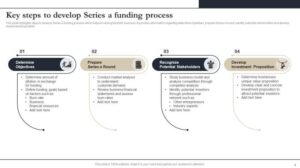Client contracts and proposals sets the stage for this enthralling narrative, offering readers a glimpse into a story that is rich in detail and brimming with originality from the outset. These documents play a crucial role in establishing clear expectations and protecting the interests of both parties in any business relationship.
In exploring the intricacies of client contracts, we delve into their essential components and the common legal terms that shape business agreements. Moreover, we will examine effective proposal development to ensure that businesses can present tailored solutions that resonate with clients, ultimately leading to successful collaborations.
Closing Notes
In conclusion, understanding client contracts and proposals is not merely about legal formalities; it’s about fostering trust and clarity in business dealings. By mastering these elements, businesses can enhance their relationships with clients and navigate successfully through various challenges, ensuring mutual benefit and growth.
Common Queries
What is the main purpose of a client contract?
The main purpose of a client contract is to establish clear terms and expectations between the parties involved, protecting their rights and outlining their responsibilities.
How can I make my proposals stand out?
To make proposals stand out, tailor them to the specific needs of the client, incorporate engaging visuals, and clearly demonstrate the value your solution brings to their challenges.
What are common pitfalls in contract negotiations?
Common pitfalls include failing to address all relevant issues, unclear language, and not considering the long-term implications of the agreement.
How important are compliance terms in contracts?
Compliance terms are crucial as they ensure all parties adhere to relevant laws and regulations, minimizing the risk of legal issues arising from the agreement.
Can technology help with managing client contracts?
Yes, technology can simplify contract management through tools that automate tracking, reminders, and version control, making the process more efficient.



